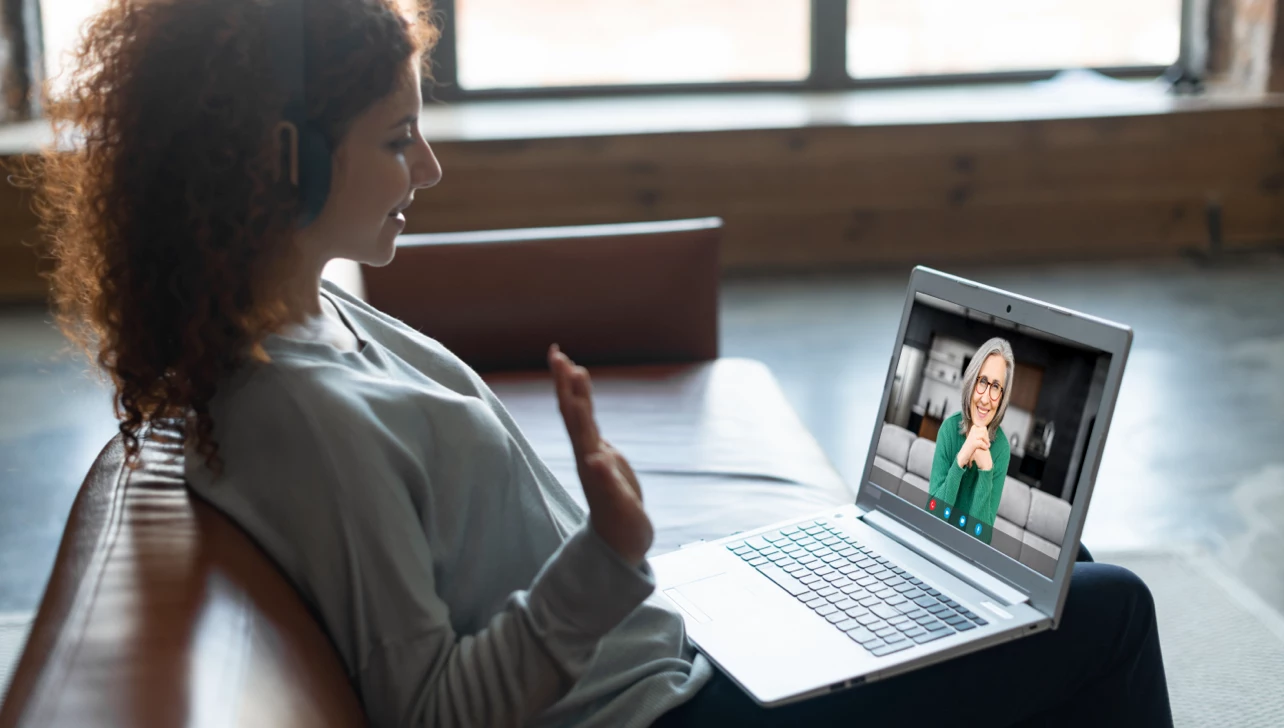Breaking Down Communication Barriers: How Technology Is Bridging the Gap for the Deaf Community

The deaf and hard-of-hearing community has historically faced numerous communication barriers when interacting with the hearing world. However, recent advancements in technology have helped bridge this gap, making it easier for individuals with hearing impairments to communicate and access information. In this blog post, we will explore some of the innovative technologies that have had a positive impact on the deaf and hard-of-hearing community, including remote video interpreting platforms like Evenly.
Assistive Listening Devices
Assistive listening devices (ALDs) are designed to improve the hearing experience for individuals with hearing loss. These devices include hearing aids, cochlear implants, and personal amplifiers. By amplifying sounds and reducing background noise, ALDs enable users to better understand speech and engage in conversations.
Captioning Services
Captions are an invaluable resource for the deaf and hard-of-hearing community, providing real-time text representation of spoken content. Real-time captioning services, like those offered by Evenly, can be used in various settings, including video calls, conferences, and presentations, ensuring that important information is accessible to all.
Video Relay Services
Video relay services (VRS) allow deaf individuals to communicate with hearing people via sign language interpreters over video calls. The interpreter relays the signed message to the hearing person and translates the spoken response back into sign language for the deaf individual.
Remote Video Interpreting Platforms
Platforms like Evenly provide remote video interpreting services, enabling organizations to communicate with deaf and hard-of-hearing customers through sign language interpreters. These platforms offer features like real-time captioning, instant and scheduled calls, and document sharing, ensuring a seamless and inclusive customer experience.
Smartphone Apps
Various smartphone apps have been developed to support the deaf and hard-of-hearing community. These apps include sign language dictionaries, speech-to-text transcription services, and visual or vibrating alerts for notifications. These tools provide greater independence and access to information for individuals with hearing impairments.
Conclusion
Technological advancements have significantly improved communication and accessibility for the deaf and hard-of-hearing community. From assistive listening devices to remote video interpreting platforms like Evenly, these innovations are breaking down communication barriers and fostering a more inclusive world. By embracing these technologies, businesses and individuals can create a more accessible environment for everyone, regardless of their hearing abilities.

